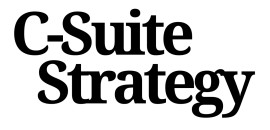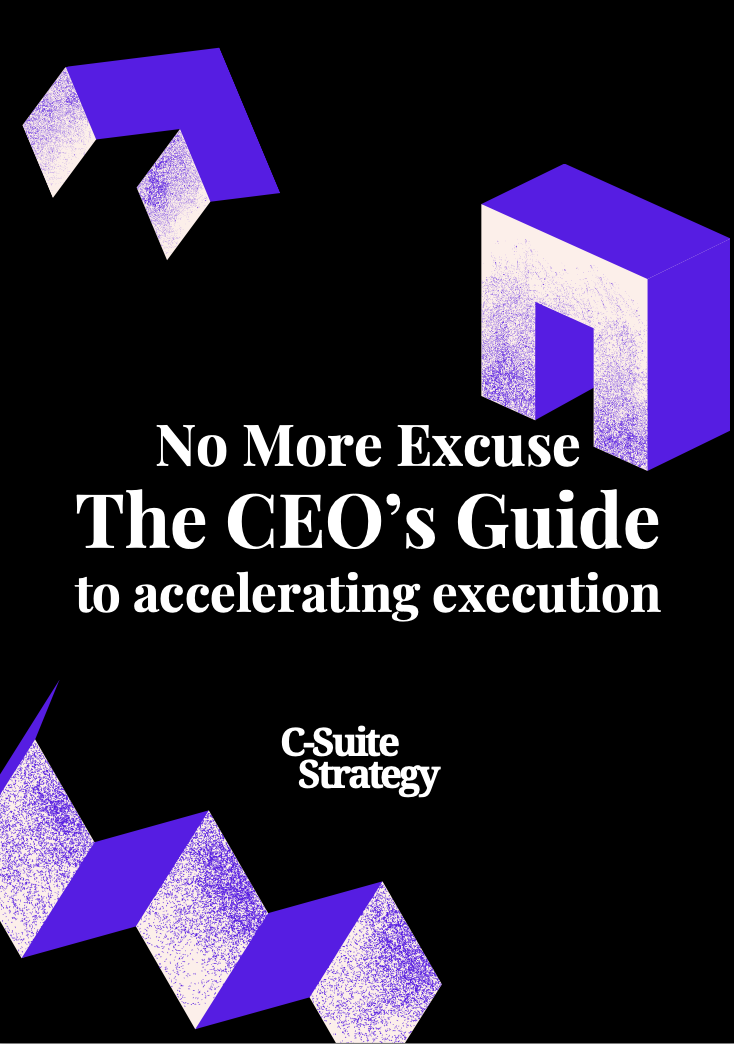Understanding Organic Marketing Strategies
Nurturing Growth Through Organic Marketing
Organic marketing strategies have long been regarded as the cornerstone for building sustainable growth. These strategies focus on creating valuable content that resonates with your target audience, rather than relying on paid ads. The goal is to attract, engage, and convert audiences through meaningful interactions and authentic communications. At the heart of organic marketing lies content marketing and search engine optimization (SEO). By crafting content that aligns with the interests and needs of your audience, you naturally drive traffic to your brand. This involves everything from blog posts, social media updates, and email campaigns to podcasts and videos. Each piece of content serves to establish your company as an authority in your industry. One of the key benefits of organic marketing is its long-term impact. While paid marketing may offer quick results, organic strategies often provide more sustainable growth, as they build trust and encourage brand loyalty over time. Organic growth, through consistent engagement and strategic content distribution, helps create a dedicated audience for your brand. However, implementing an effective organic marketing strategy requires time and patience. It's about nurturing relationships and creating content that delivers value consistently. As your company focuses on organic growth, consider the storytelling aspect of your brand. How you convey your company values and the solutions you offer in your content can set you apart in the crowded digital landscape. For a more detailed exploration of how organic marketing can propel your business forward, visit our strategic guide choosing between organic and inorganic growth.Exploring Inorganic Marketing Strategies
Delving into Paid Marketing Approaches
Inorganic marketing strategies, often synonymous with paid marketing, play a crucial role in achieving rapid business growth. Unlike organic methods, which rely on time and consistent effort to build brand awareness, inorganic strategies leverage financial investments to reach a wider audience more quickly. This approach is particularly effective for companies aiming for immediate results, whether through paid ads on search engines or targeted campaigns on social media platforms.
Key elements of inorganic growth include paid advertising, which allows businesses to target specific demographics and interests, thereby optimizing their reach. Search engine marketing (SEM) is another critical component, enabling companies to appear prominently in search results through paid placements. This strategy can significantly increase web traffic, making it an attractive option for businesses looking to boost visibility and drive conversions.
Advantages and Considerations
One of the primary advantages of inorganic marketing is its ability to deliver measurable results in a short timeframe. Businesses can track metrics such as click-through rates and conversion rates, providing valuable insights into the effectiveness of their campaigns. However, the cost associated with paid marketing can be substantial, and companies must carefully balance their budget to ensure a positive return on investment.
While inorganic strategies offer speed and precision, they require continuous investment to maintain momentum. Unlike organic growth, which can sustain itself over time, inorganic marketing demands ongoing financial input to keep the brand in the public eye. This necessitates a strategic approach, ensuring that paid efforts complement organic initiatives to maximize overall impact.
For those looking to explore more about leveraging inorganic marketing for business growth, consider reading this insightful article on natural expansion tactics.
Comparative Analysis: Organic vs Inorganic
Balancing Organic and Inorganic Strategies
In the realm of marketing, it's crucial for businesses to compare and balance their organic and inorganic strategies. Both approaches have unique characteristics, advantages, and challenges that make them essential to a comprehensive marketing strategy.
Organic marketing focuses on building a strong foundation through valuable content, search engine optimization (SEO), and engaging with the audience across various social media platforms. This approach nurtures trust over time, creating sustainable growth without direct monetary investment in ads. The benefits often manifest as improved company credibility and brand loyalty.
In contrast, inorganic marketing involves strategies that bring immediate visibility, often through paid ads. This accelerates audience reach and business growth, but at a cost. By leveraging paid strategies, companies can quickly capture market share and test new markets without the extended wait time associated with naturally growing a brand's social media presence or organic search traffic.
Each business must weigh the effectiveness of these marketing strategies based on its current objectives, timeline, and resources. For instance, a company might prioritize organic strategies when aiming for long-term growth, focusing on sustainable traffic, audience loyalty, and authority in their niche. Alternatively, inorganic strategies could be prioritized in campaigns targeting rapid expansion, product launches, or during periods of competitive pressure to maintain visibility.
Integrating both organic and inorganic approaches allows a business to harness the strength of each. This synergy can lead to optimal results, balancing immediate impact with sustainable development. For instance, an effective growth strategy could begin with paid marketing to quickly increase brand awareness and follow up with content marketing to maintain engagement and foster community growth.
While choosing between these strategies can be daunting, understanding the comparative advantages helps in making strategic decisions tailored to your company's needs. To further explore these critical decisions, read about navigating the global surge in entrepreneurship for deeper insights.
Strategic Integration for Optimal Results
Harmonizing Organic and Inorganic Approaches
For companies aiming to maximize their marketing efforts, integrating both organic and inorganic strategies can be a game-changer. While organic marketing focuses on building a sustainable brand presence through valuable content and long-term audience engagement, inorganic marketing offers the advantage of quick reach and immediate results through paid ads and media buys.
To achieve a balanced approach, companies should consider the following:
- Assessing the Business Needs: Understanding the current stage of your business growth is crucial. If immediate traffic and brand awareness are priorities, inorganic strategies like paid ads might take precedence. Conversely, for long-term brand loyalty, investing in organic growth through content marketing and SEO is essential.
- Resource Allocation: Allocate resources wisely between organic and inorganic efforts. This includes budget, time, and personnel. For instance, while paid marketing might require a higher initial investment, organic strategies often demand consistent effort and time to yield results.
- Content Strategy: Develop a content strategy that supports both organic and inorganic goals. High-quality, valuable content not only boosts organic search engine rankings but also enhances the effectiveness of paid campaigns by increasing engagement and reducing cost per click.
- Monitoring and Analytics: Utilize analytics tools to monitor the performance of both strategies. This data-driven approach helps in adjusting tactics to ensure optimal results, whether it's tweaking SEO practices or refining ad targeting.
- Cross-Channel Promotion: Leverage social media and other digital platforms to promote both organic content and inorganic campaigns. A cohesive strategy across channels can amplify reach and reinforce brand messaging.
By strategically integrating these approaches, companies can not only achieve immediate business growth but also establish a strong foundation for sustained success. This harmonious blend ensures that a brand remains competitive in the ever-evolving digital marketing landscape.
Challenges in Implementing Marketing Strategies
Overcoming Obstacles in the Marketing Landscape
Implementing effective marketing strategies presents several challenges in today’s ever-evolving business climate. Whether a company leans towards organic or inorganic methods, each path has its unique hurdles that require careful navigation. For businesses aiming for organic growth, the significant challenge lies in time investment. Developing a strong foundation through SEO, content marketing, and social media is a long-term commitment. Organic marketing strategies require patience, as their effectiveness depends on gradually increasing your brand's reach and building a loyal audience. However, the benefit of organic growth is a sustainable and credible presence, which solidifies trust and authority in the brand. On the other hand, businesses opting for inorganic growth through paid ads and media face the challenge of constantly evolving algorithms and search engine preferences. Staying ahead means continually adjusting strategies to align with these changes, which can be resource-intensive. Moreover, while paid marketing can offer immediate traffic and audience reach, it may sometimes lack the depth of connection that organic strategies cultivate over time. The integration of both organic and inorganic approaches requires a strategic balance to avoid the pitfalls of over-reliance on one singular method. It's essential for companies to evaluate their unique business growth needs and strategically deploy the right mix of organic and inorganic marketing tactics. Doing so effectively transforms these challenges into growth opportunities. Moreover, ensuring consistent messaging across both forms is crucial. A discrepancy in brand voice and values between your content marketing and paid ads might lead to audience confusion, potentially harming your brand's credibility. By harnessing the synergies of organic and inorganic growth strategies, companies can ultimately overcome these obstacles and achieve robust, well-rounded business growth. The key lies in recognizing the unique benefits and limitations of each while employing a carefully thought-out marketing strategy tailored to one's specific business objectives.Future Trends in Marketing Strategies
Emerging Dynamics in Marketing Strategies
The marketing landscape is evolving rapidly, and companies must stay ahead of the curve to maintain competitive advantage. As businesses continue to explore both organic and inorganic growth strategies, understanding the emerging trends in marketing is crucial for long-term success.
One significant trend is the increasing importance of content marketing. As consumers become more discerning, the demand for valuable content that resonates with the audience grows. Companies that prioritize creating authentic and engaging content can expect to see a rise in organic traffic and brand loyalty over time. This shift emphasizes the need for businesses to invest in high-quality content that aligns with their brand values and speaks directly to their target audience.
Technological Advancements and Their Impact
Technological advancements are reshaping the way companies approach their marketing strategies. The rise of artificial intelligence and machine learning is enabling more personalized and targeted marketing efforts. Businesses can now leverage these technologies to optimize their paid marketing campaigns, ensuring that ads reach the right audience at the right time. This not only enhances the effectiveness of inorganic marketing but also maximizes the return on investment.
Moreover, the integration of AI in search engines and social media platforms is transforming how companies engage with their customers. By utilizing AI-driven insights, businesses can better understand consumer behavior and tailor their strategies to meet evolving demands.
The Rise of Social Media and Influencer Marketing
Social media continues to be a dominant force in the marketing world. Platforms like Instagram, TikTok, and LinkedIn are not just channels for brand promotion but also spaces for authentic interaction and community building. Companies that harness the power of social media to foster genuine connections with their audience can achieve significant organic growth.
Additionally, influencer marketing is gaining traction as a powerful tool for expanding brand reach. Collaborating with influencers who align with the company’s values can amplify brand visibility and drive both organic and inorganic growth.
Adapting to Consumer Preferences
As consumer preferences continue to shift, businesses must be agile in adapting their marketing strategies. The growing emphasis on sustainability and ethical practices is influencing consumer choices, prompting companies to align their marketing efforts with these values. By demonstrating a commitment to social responsibility, businesses can enhance their brand image and attract a loyal customer base.
In conclusion, staying attuned to these future trends is essential for companies aiming to thrive in a dynamic marketing environment. By integrating innovative technologies, leveraging the power of social media, and aligning with consumer values, businesses can navigate the complexities of both organic and inorganic marketing strategies effectively.














